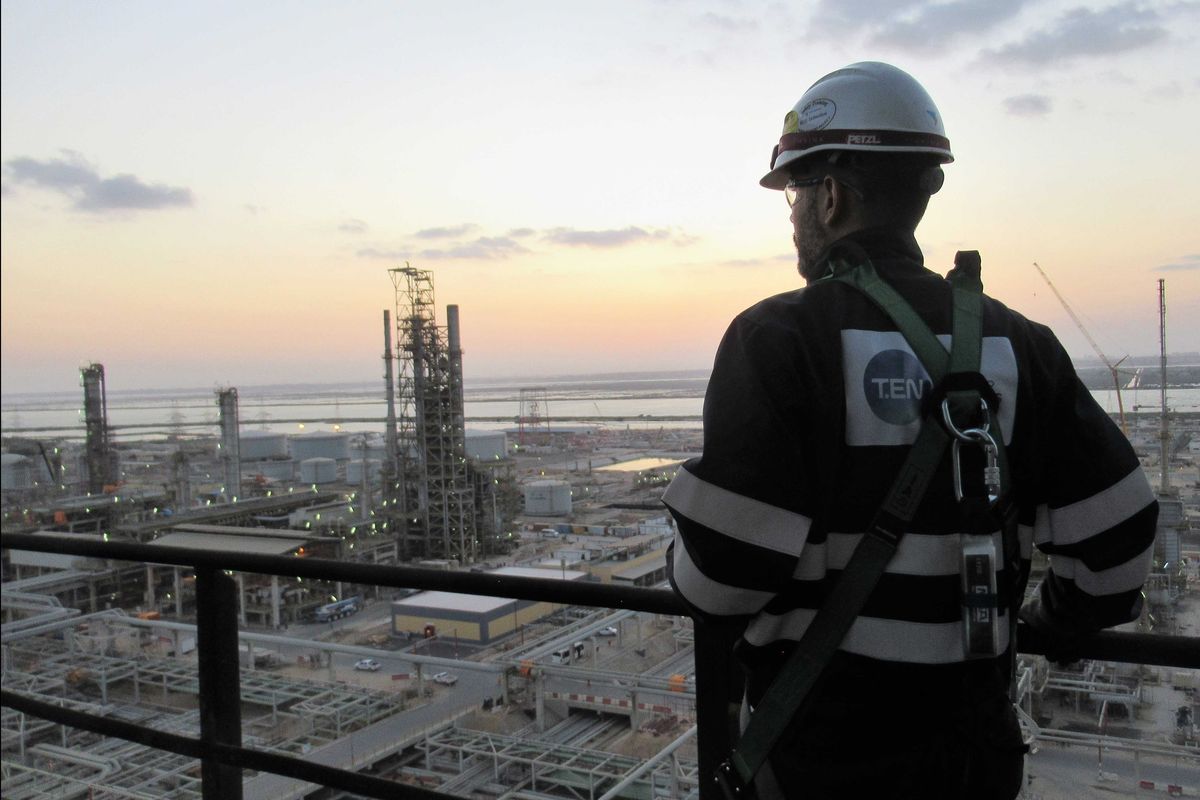ERCOT approves $9.4B project to improve grid, meet data center demand
power project
The Electric Reliability Council of Texas, which manages the electric grid for 90 percent of Texans, is undertaking a $9.4 billion project to improve the reliability and efficiency of statewide power distribution. The initiative comes as ERCOT copes with escalating demand for electricity from data centers and cryptocurrency-mining facilities.
The project, approved Dec. 9 by ERCOT’s board, will involve building a 1,109-mile “super highway” of new 765-kilovolt transmission lines. One kilovolt equals 1,000 volts of electricity.
According to the Hoodline Dallas news site, the $9.4 billion project represents the five- to six-year first phase of ERCOT’s Strategic Transmission Expansion Plan (STEP). Hoodline says the plan, whose price tag is nearly $33 billion, calls for 2,468 miles of new 765-kilovolt power lines.
STEP will enable ERCOT to “move power longer distances with fewer losses,” Hoodline reports.
Upgrading the ERCOT grid is a key priority amid continued population growth in Texas, along with the state’s explosion of new data centers and cryptocurrency-mining facilities.
ERCOT says about 11,000 megawatts of new power generation capacity have been added to the ERCOT grid since last winter.
But in a report released ahead of the December board meeting, ERCOT says it received 225 requests this year from large power users to connect to its grid — a 270 percent uptick in the number of megawatts being sought by mega-users since last December. Nearly three-fourths (73 percent) of the requests came from data centers.
Allan Schurr, chief commercial officer of Houston-based Enchanted Rock, a provider of products and services for microgrids and onsite power generation, tells Energy Capital that the quickly expanding data center industry is putting “unprecedented pressure” on ERCOT’s grid.
“While the state has added new generation and transmission capacity, lengthy interconnection timelines and grid-planning limitations mean that supply and transmission are not keeping pace with this rapid expansion,” Schurr says. “This impacts both reliability and affordability.”
For families in Texas, this could result in higher energy bills, he says. Meanwhile, critical facilities like hospitals and grocery stores face a heightened challenge of preventing power outages during extreme weather or at other times when the ERCOT grid is taxed.
“I expect this trend to continue as AI and high-density computing grow, driving higher peak demand and greater grid variability — made even more complex by more renewables, extreme weather and other large energy users, like manufacturers,” Schurr says.
According to the Pew Research Center, data centers accounted for 4 percent of U.S. electricity use in 2024, and power demand from data centers is expected to more than double by 2030. Data centers that support the AI boom make up much of the rising demand.
In September, RBN Energy reported more than 10 massive data-center campuses had been announced in Texas, with dozens more planned. The Lone Star State is already home to roughly 400 data centers.
“Texas easily ranks among the nation’s top states for existing data centers, with only Virginia edging it out in both data-center count and associated power demand,” says RBN Energy.













 Air Liquide and Hyundai agreed to expand hydrogen refuelling networks, storage capacity and more at a meeting in Seoul last week. Photo courtesy Air Liquide.
Air Liquide and Hyundai agreed to expand hydrogen refuelling networks, storage capacity and more at a meeting in Seoul last week. Photo courtesy Air Liquide.
